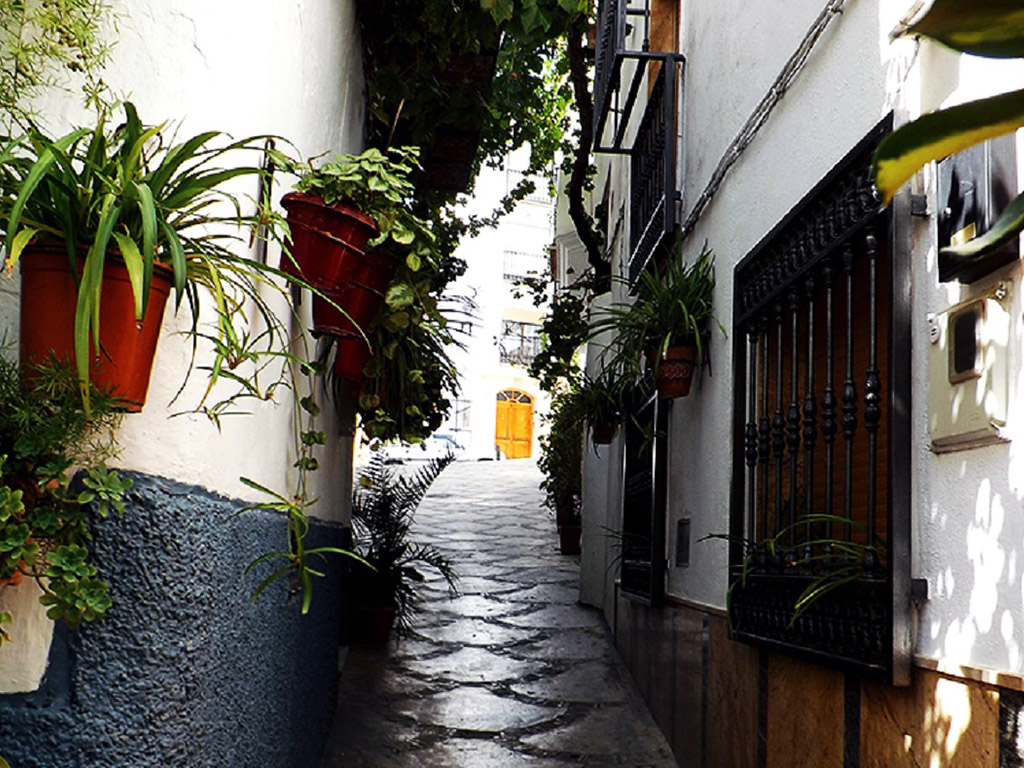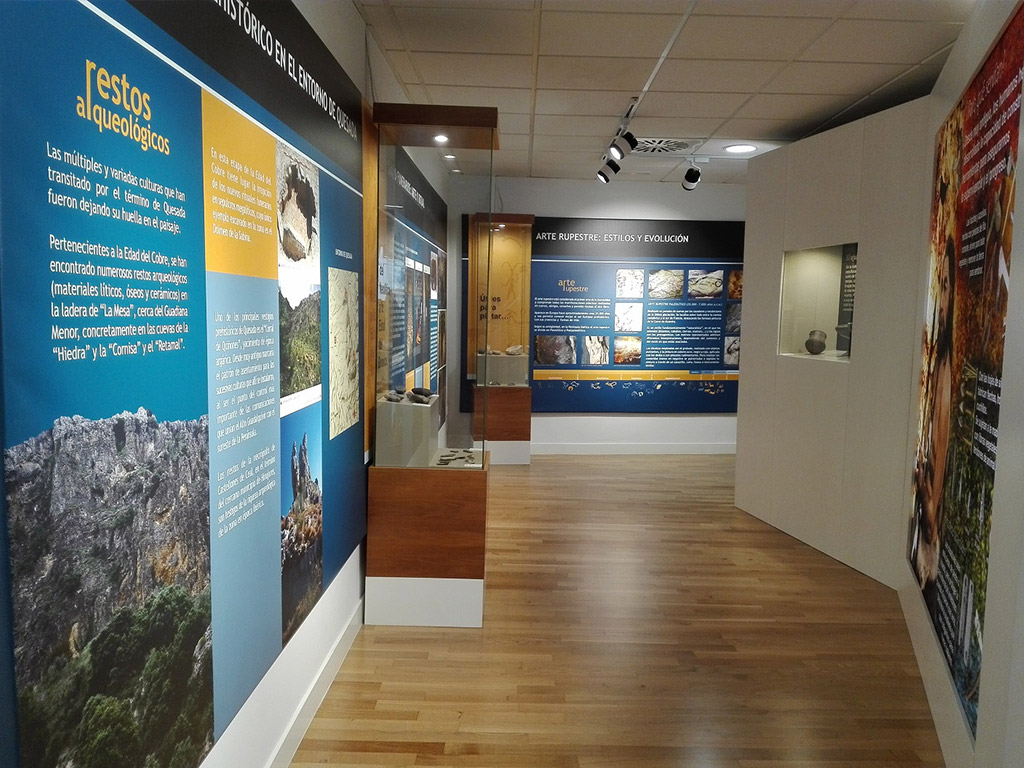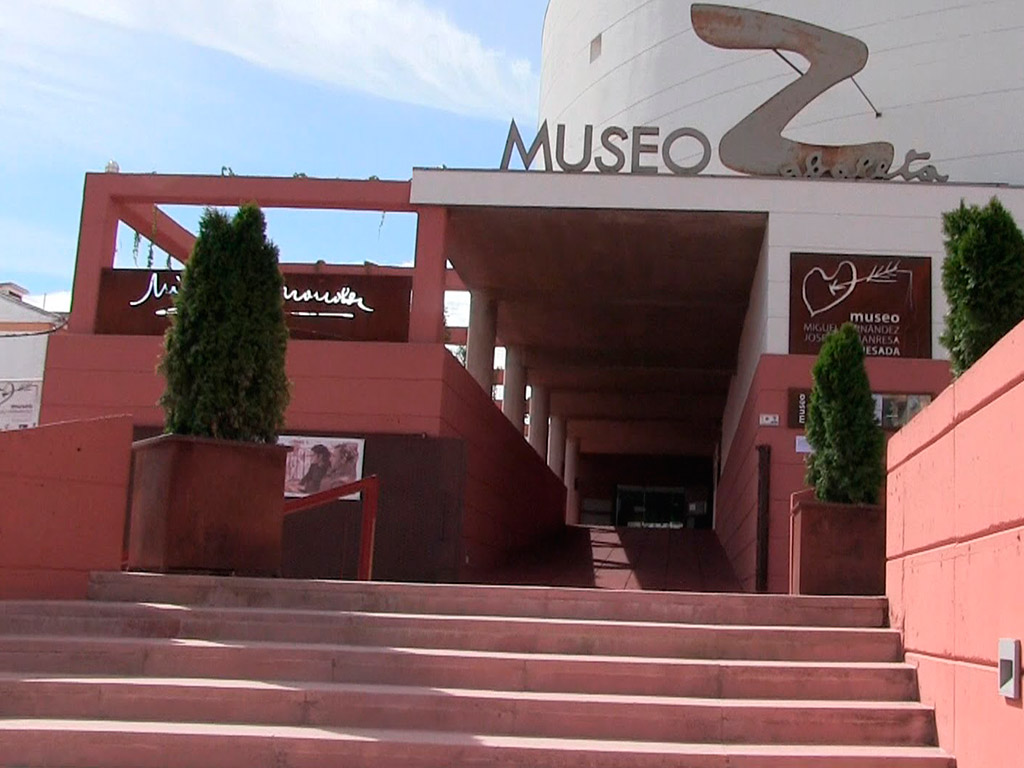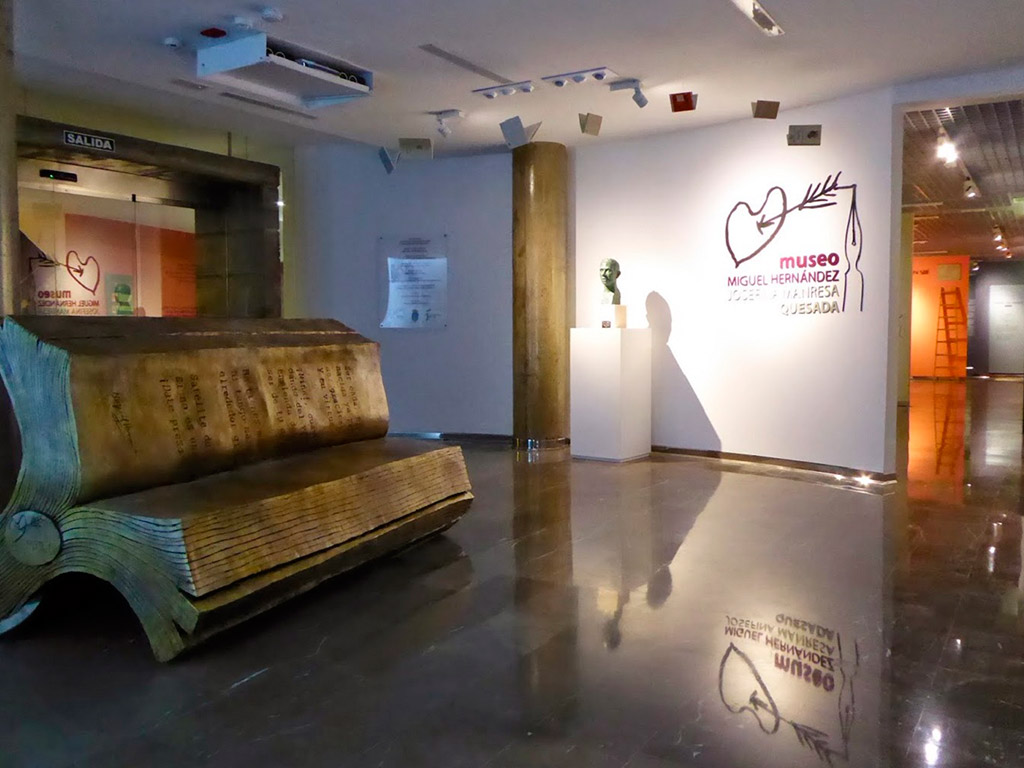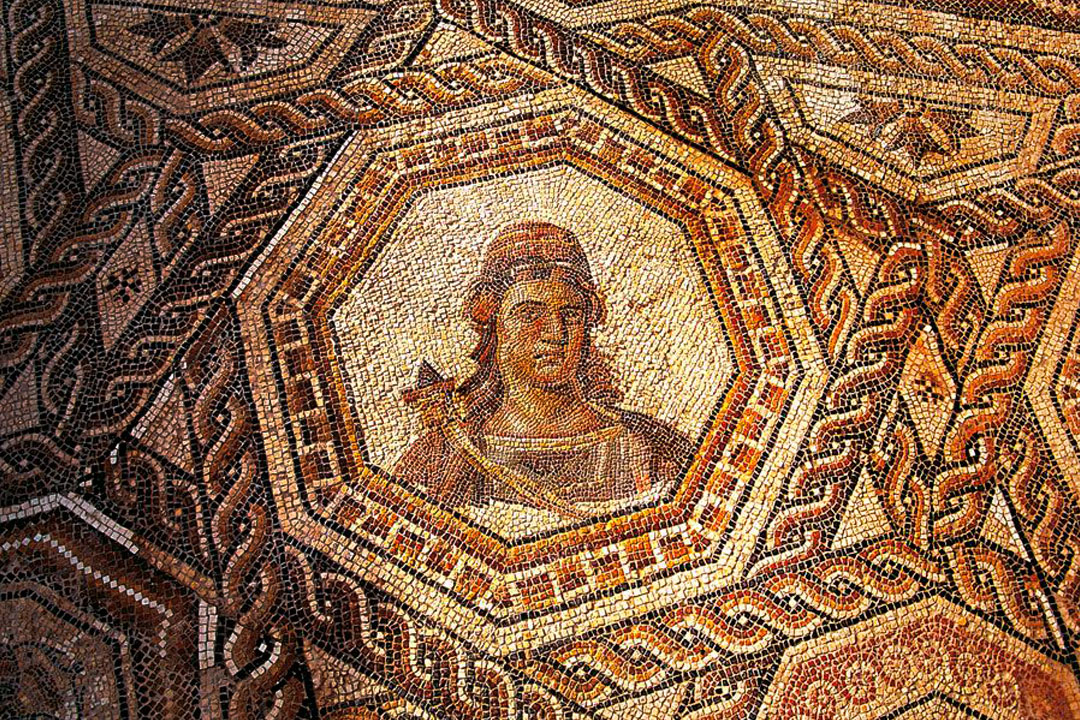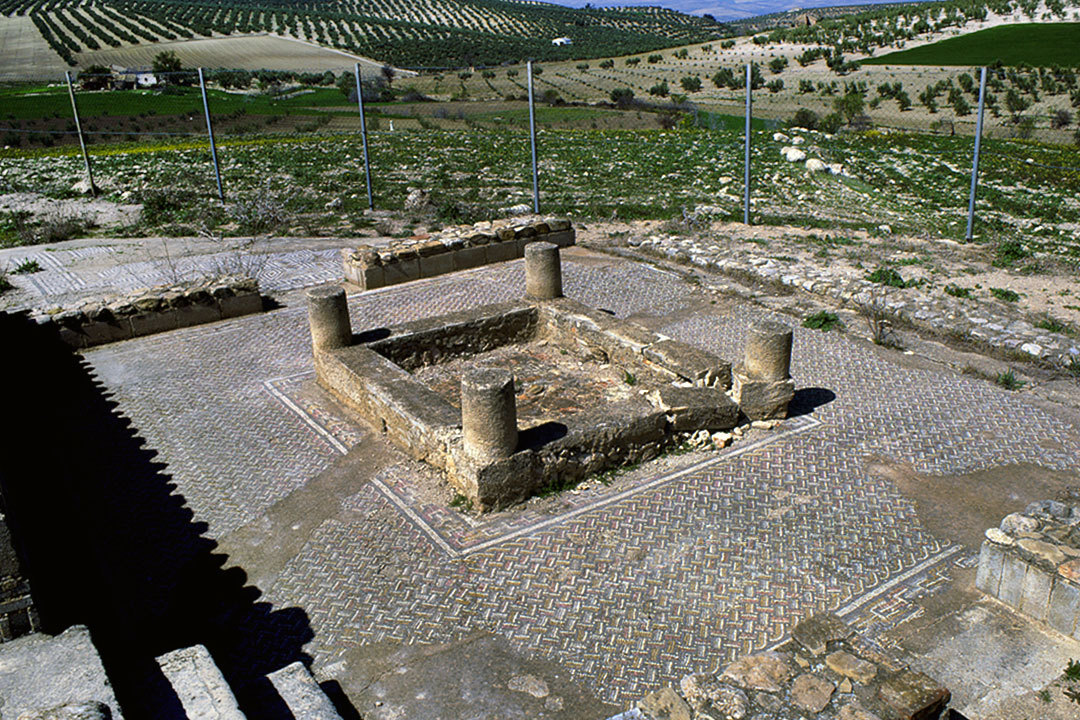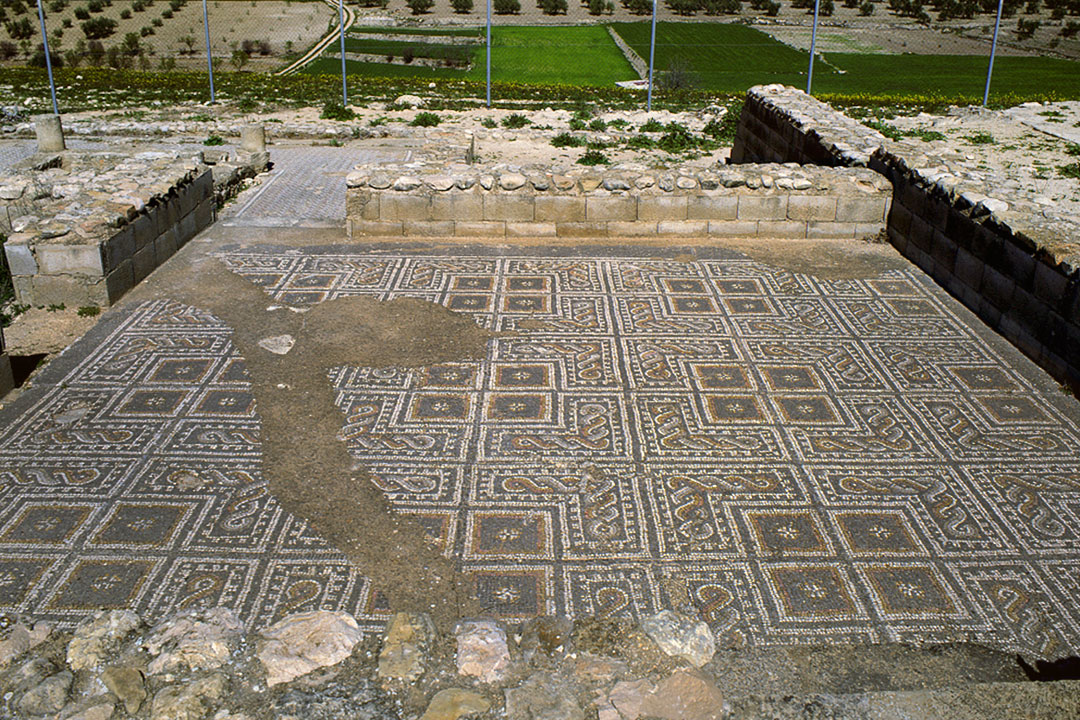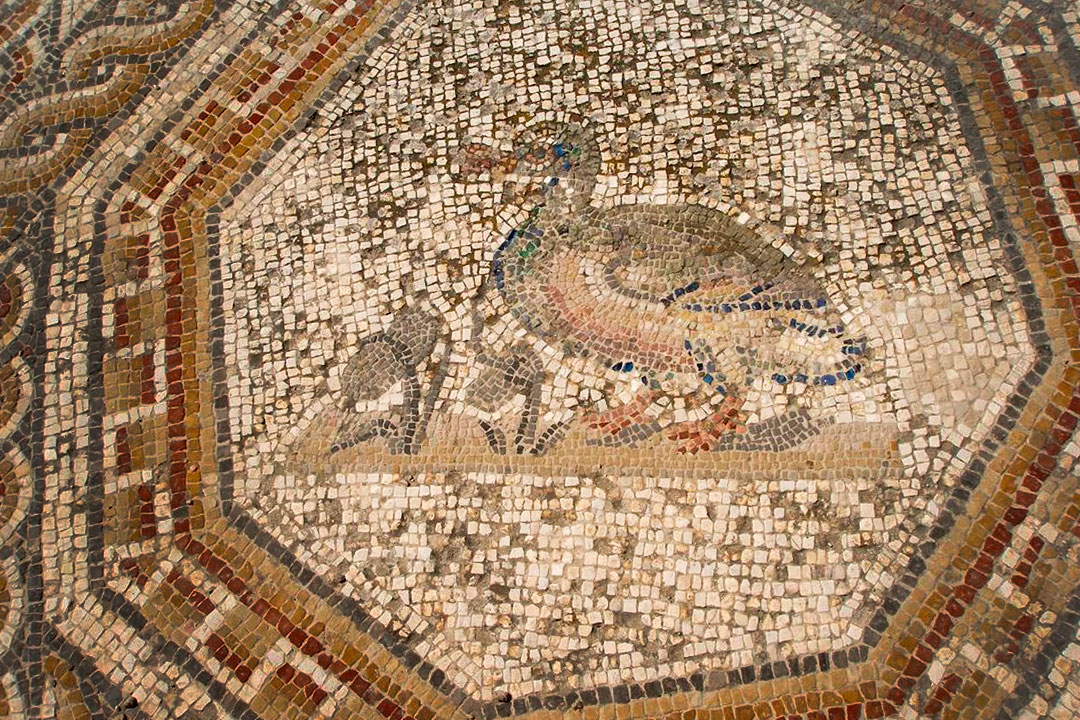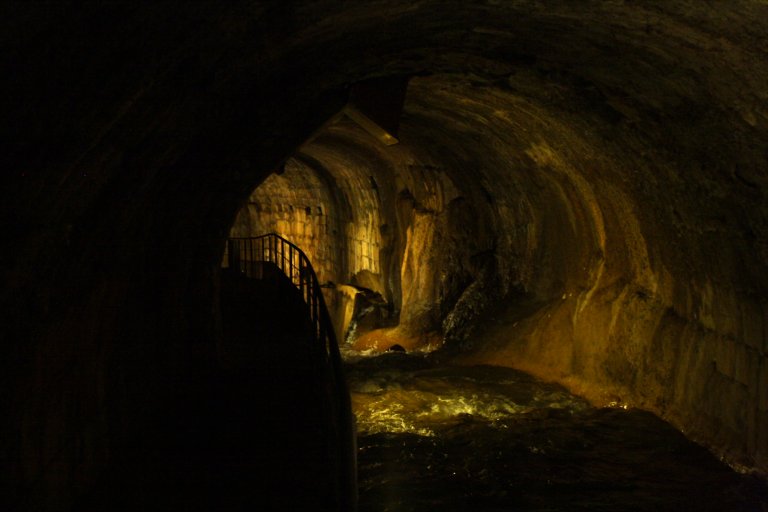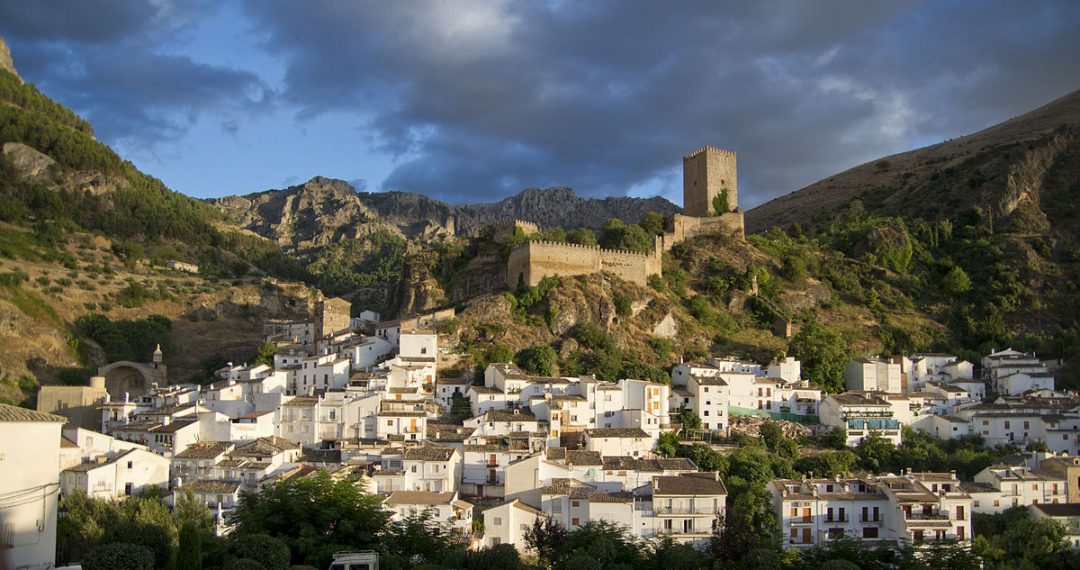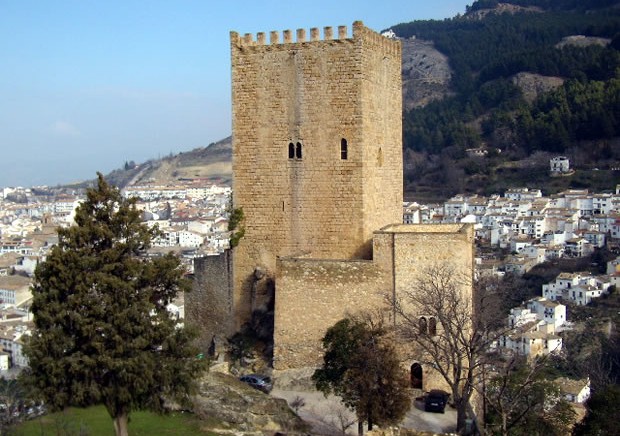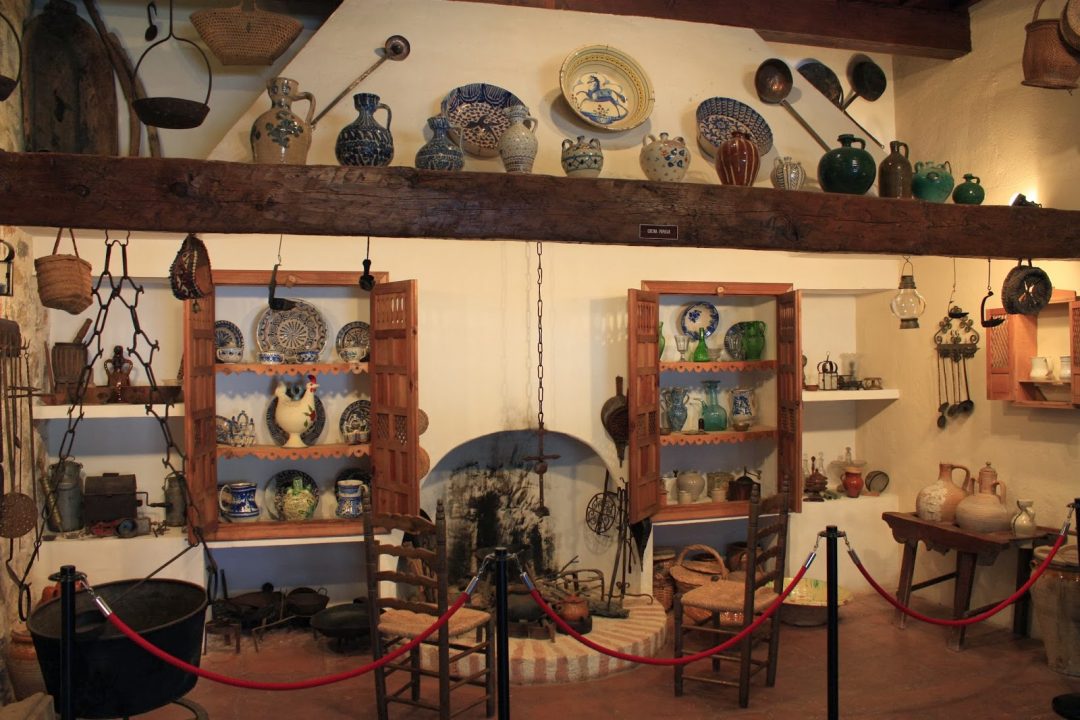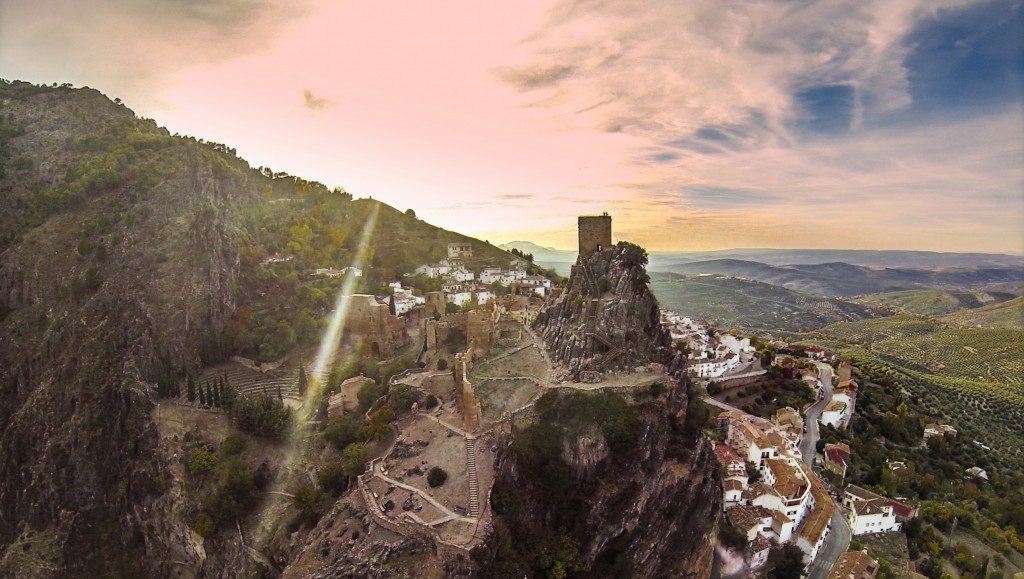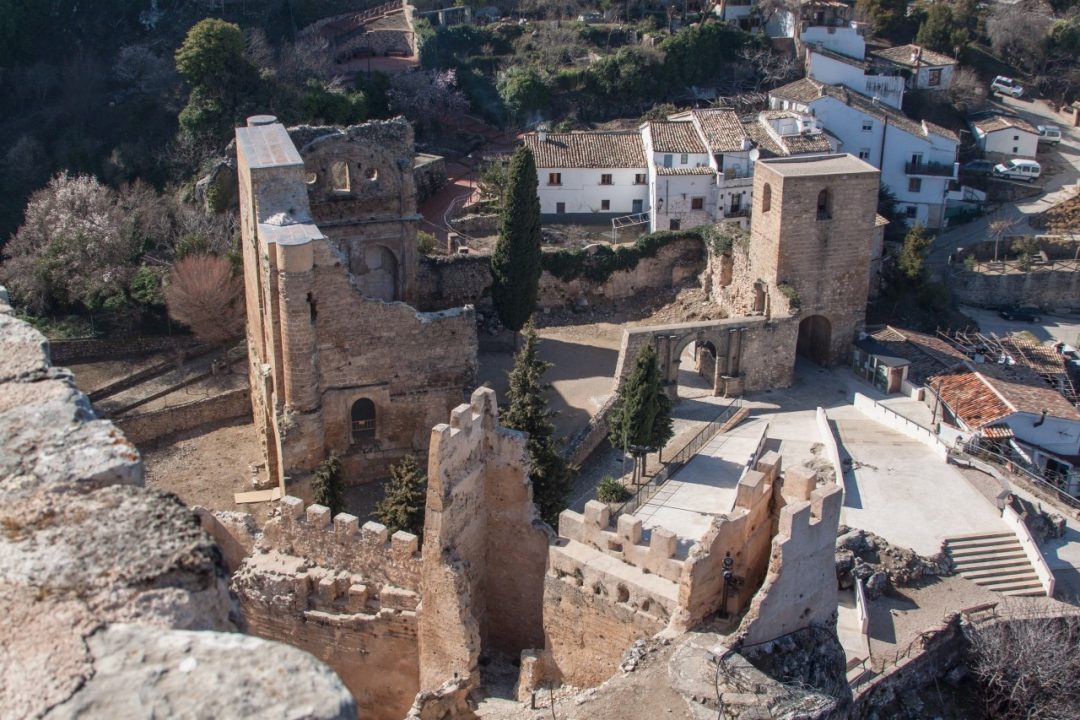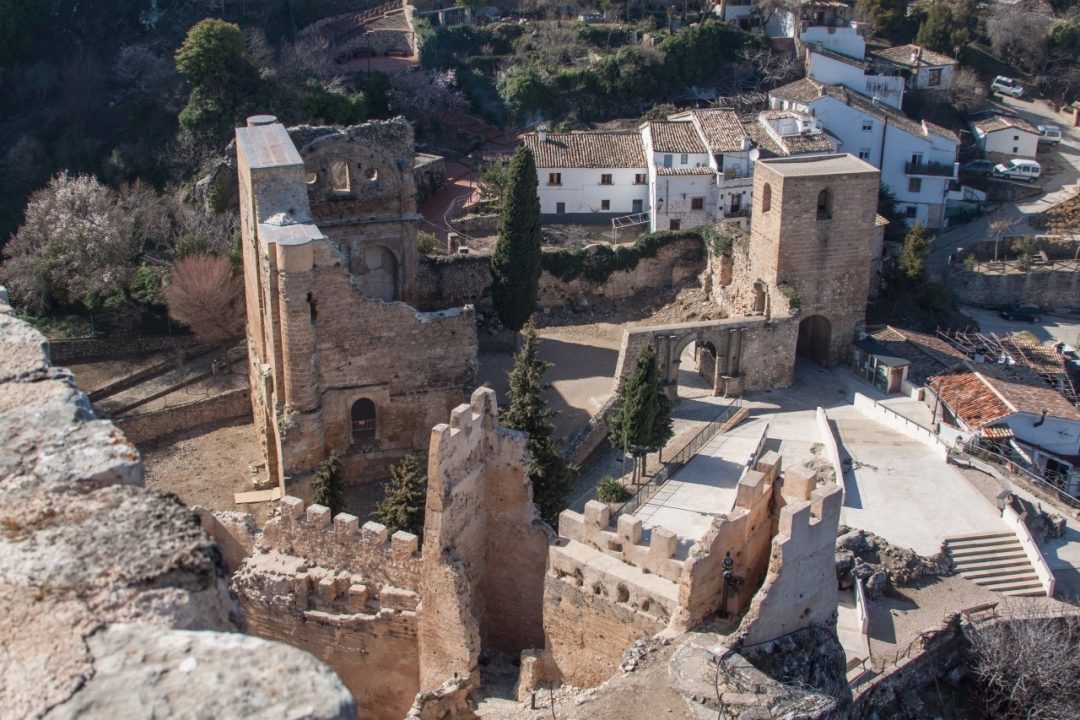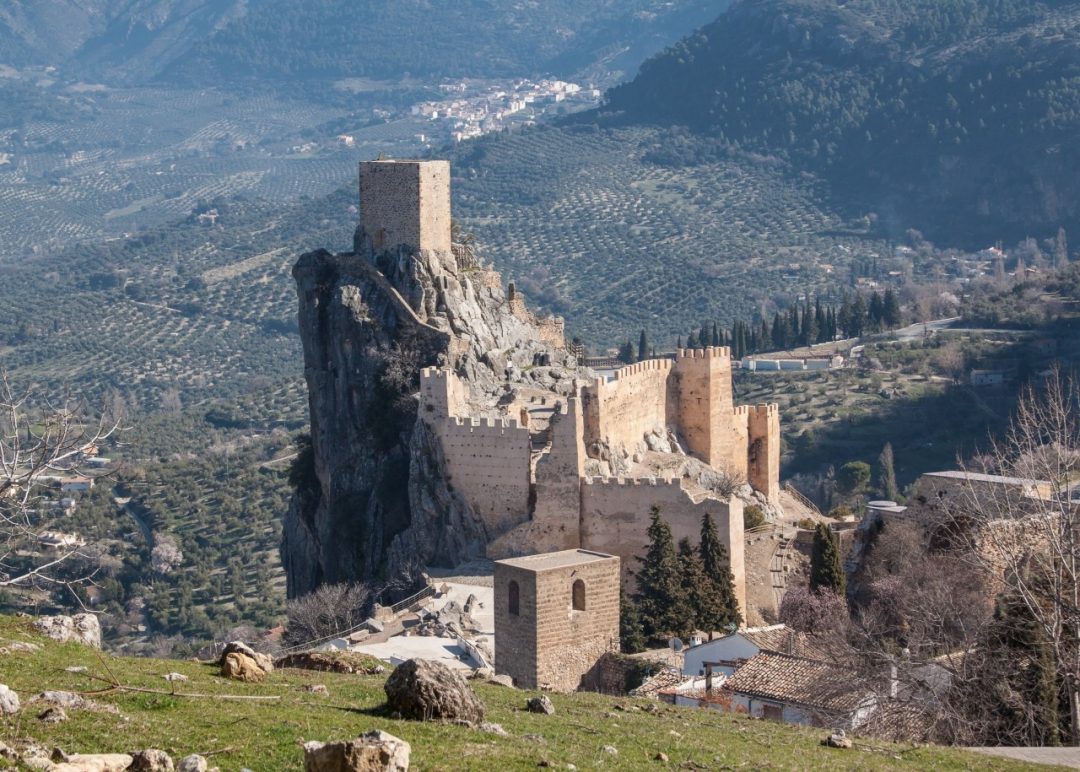Culture
Old town of Quesada
Quesada’s old town is the proof of all the stages that the town has gone through. There are Visigoth and Muslim remains.
You can visit the “Arco de los Santos” (Saints’ Arch), the old gateway to the walled village of Quesada; the “Manquita de Utrera” Arch, “Calle Adentro” street, St. Peter’s and St. Paul’s church, the Church of the Immaculate Conception or the former “Hospital de Pobres” (Poor People’s Hospital), the “Barrio de la Lonja” neighbourhood and the poetry corner.
CIPAQ (Quesada Archaeological Heritage Interpretation Center)
A museum that contains the history and archaeological remains of the great heritage left by Quesada’s ancestors.
A floor is dedicated to one of the most important sets of prehistoric cave paintings, schematic of the province of Jaén, declared a World Heritage Site. In this museum you can learn how the Neanderthals lived in the Copper Age.
Another floor contains an exposition about the Roman period in the Iberian Peninsula, which has an amazing collection of mosaics. In addition to learning about typical life in Roman times, we’ll also find out about the history of the Bruñel Roman village, located in Quesada.
Rafael Zabaleta Museum
Museum dedicated to Quesada born painter Rafael Zabaleta and that gathers 1227 of his pieces. It contains 114 oil paintings, 11 watercolours and 500 drawings. We’ll discover personal objects of the painter; and art from other great masters of the 20th century, considered “Zabaleta’s friends”.
You can also see four collections of modern art donated by different personalities, such as the collection of Cesáreo Rodríguez Aguilera, José Luis Verdes and Ángeles Dueñas; finally, there is a very interesting collection of contemporary art from the International Painting Contest Homage to Rafael Zabaleta, all the winning pieces have been exposed there since 1970.
Miguel Hernández Museum – Josefina Manresa
Quesada houses the legacy of this renowned Spanish poet. The museum is divided into five rooms that exemplify his literary work and poems, and that display different personal objects that are part of his legacy, such as his typewriter and his emblematic suitcase; as well as other personal belongings.</p>
You can find photographs, his most important compositions, early audio recordings of his voice, the recreation of a trench, his house in Orihuela and a musical corner for singer-songwriters who used his texts as lyrics in their songs.
Roman Villa of Bruñel
Archaeological settlement located in the municipal district of Quesada; One of the main and important deposits of Roman period in the province of Jaén.
The villa is located on a soft hill south of the Arroyo de Bruñel, and is formed by the ruins of an Iberian necropolis of the 4th century BC, and a Roman occupation that extends from the second century to the fourth.
It presents the remains of a large villa of the third century, which highlights the atrium, the impluvium (pond for rainwater) and the peristyle (patio surrounded by columns), around which were distributed most rooms, which were paved almost all with Mosaics; of which there is an interesting collection very well preserved.
Ruins of Santa María and Underground Vault
Renaissance Church of the 16th century located in the old town of Cazorla and built on the river Cerezuelo, which forced to channel the river entering a vault under the main altar, through the entire church and the underground of the Plaza de Santa Maria.
A terrible storm, flooded the church in the year 1,694, which difficult its completion and causing serious damage.
Yedra Castle – Museum of Arts and Customs
Old defensive enclave with medieval features and Gothic style, in the municipality of Cazorla. Located in the Cerro de Salvatierra and with the river Cerezuelo at its feet, is a construction of the Berber period, and finished by the Castilians.
This castle is home to the Museum of Popular Arts and customs “Alto Guadalquivir”.
Iruela Castle – Santo Domingo Church Ruins
Small Castle of Arab-medieval origin, located on the top of an abrupt cliff of the locality of the Iruela in Sierra de Cazorla. It has breathtaking views of the locality and the surroundings.
Has three walled enclosures, where the 16th century church of Santo Domingo is located inside the castle.



